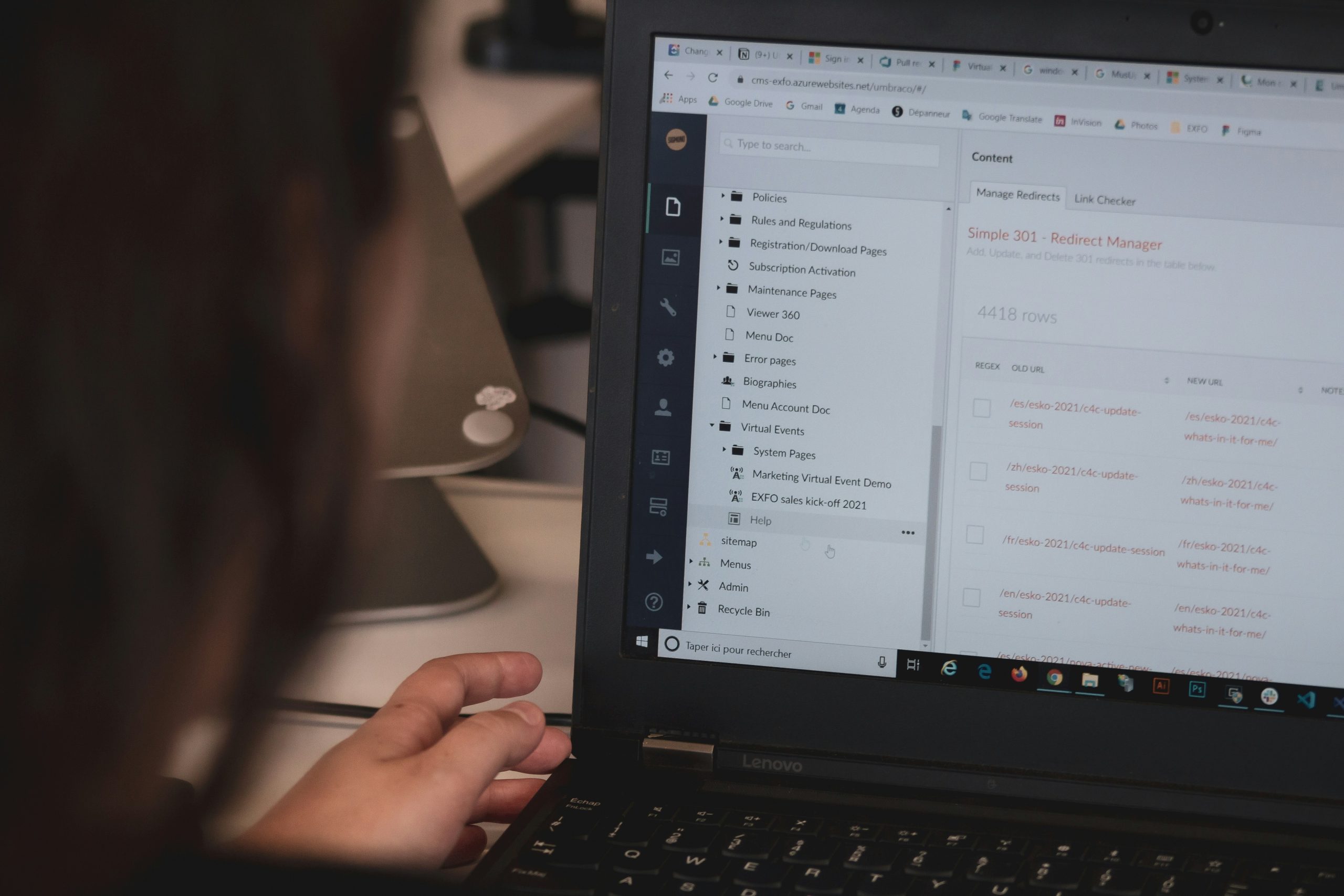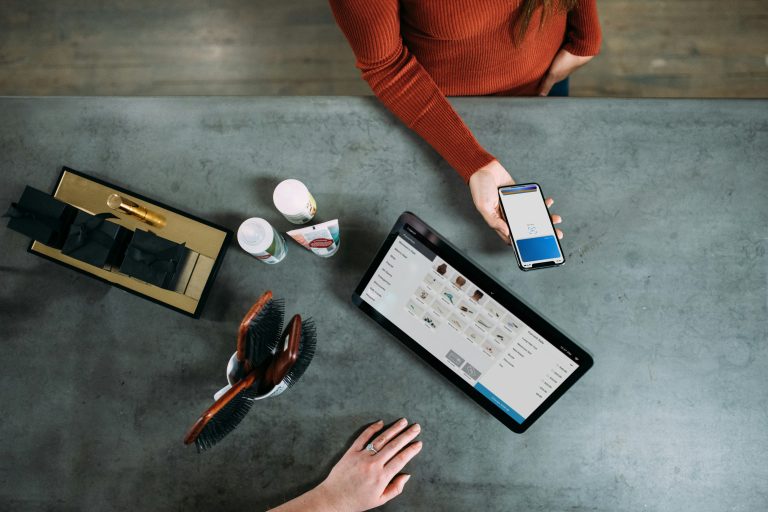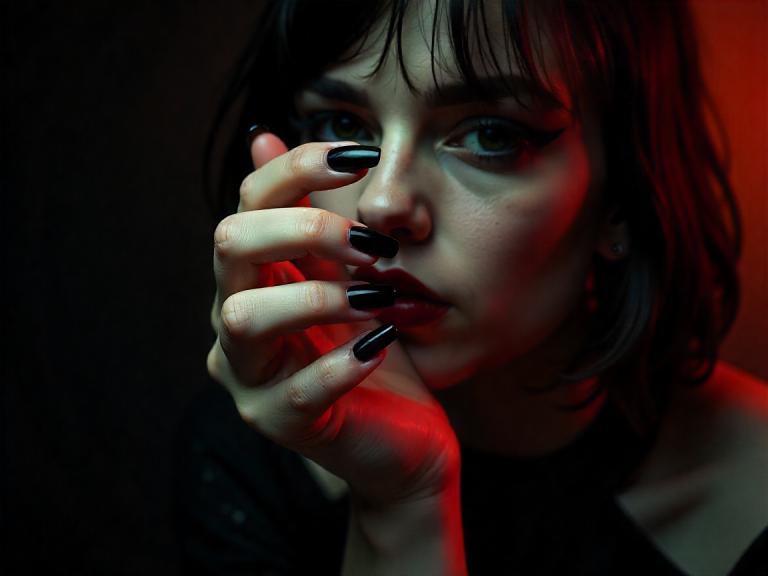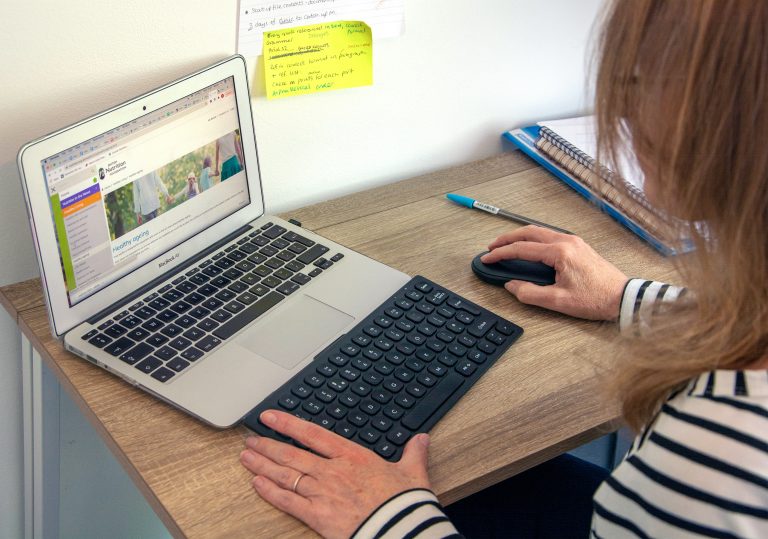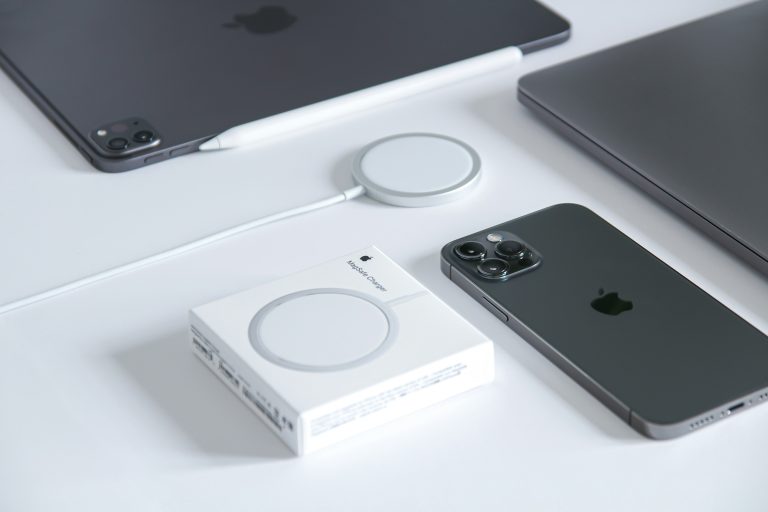AI-Generated Content: Creativity or Copycat?
2 Introduction
1 Hook: In a world where machines can write poems, paint portraits, and compose symphonies, where does human creativity stand?
2 Context: AI-generated content is booming — from Chat GPT writing articles to DALL·E creating digital art.
3 Thesis: As AI becomes more creative, we must ask: is it truly creating, or just remixing what already exists?
3 How AI “Creates” Content
1 Machine learning models (like GPT and DALL·E) trained on vast datasets.
2 AI generates by predicting patterns, not by “feeling” or “intuiting.”
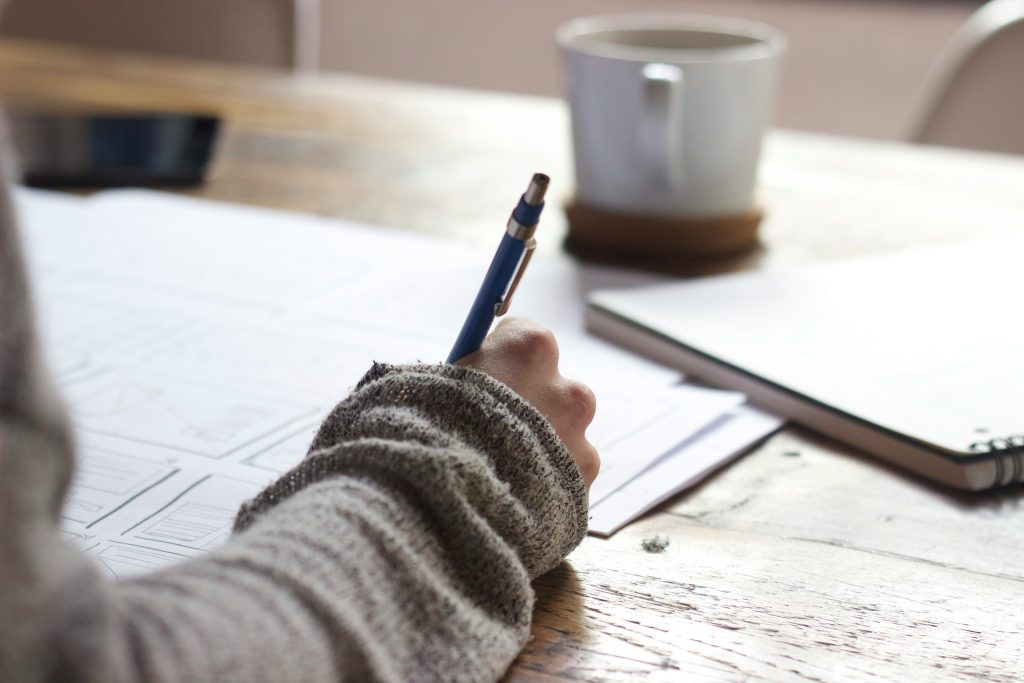
4 The Case for AI Creativity
1 AI can produce original-looking works that surprise even their creators.
2 Collaborations between humans and AI (e.g., musicians using AI for inspiration).
5 The Case for AI as a Copycat
1 AI outputs are heavily based on existing human-made data.
2 Lack of genuine emotion, experience, and intentionality.
3 Ethical concerns about plagiarism and ownership.
6 Impact on Industries
1 Publishing, journalism, marketing, design — all being reshaped.
2 New opportunities for rapid prototyping and idea generation.
3 Risks of devaluing human artistry and flooding the market with derivative works.
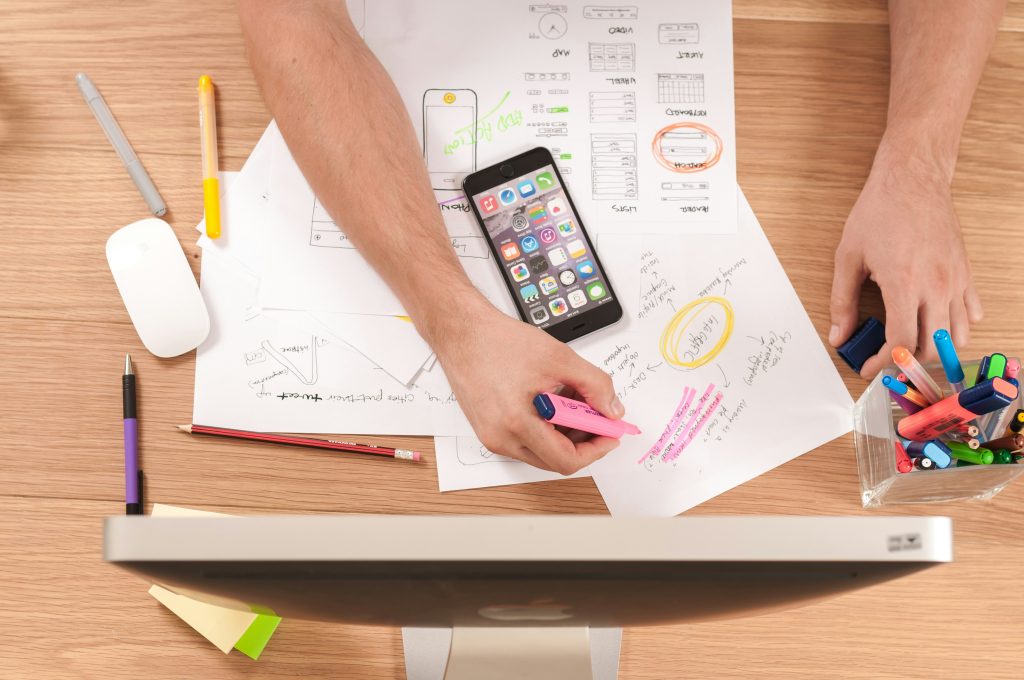
7 The Future of Creativity
1 Humans and AI as co-creators rather than competitors.
2 New definitions of authorship and originality.
3 Importance of emphasizing the uniquely human touch: emotion, intuition, meaning.
Conclusion
1 Summary: AI can mimic and even innovate in surprising ways, but true creativity may still belong to the human heart.
